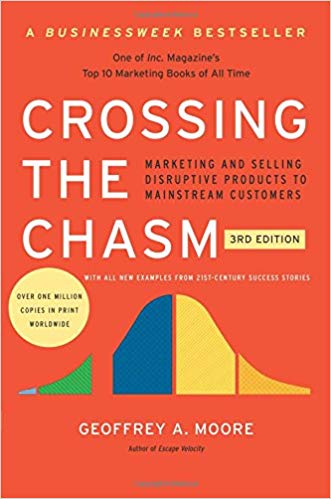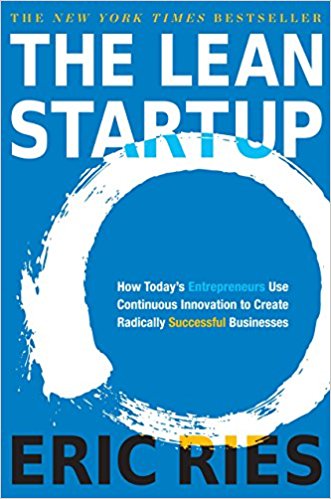Posted on August 26, 2024
Probing Questions to Improve Communication (With Examples)
Asking questions is an important part of good communication. Effective communication involves the exchange of information, as well as confirming that the recipient has understood it. Learning how to develop your questioning ability can provide better comprehension, encourage analytical thinking and resolve misunderstandings. In this article, we discuss the importance of solid questioning skills, the definition of a probing question, and 11 specific examples you can use for more effective communication.
Why are questioning skills important?
Posted on August 11, 2024
Learn More About Natural Steroids
Eat right. Make sure you include these foods in your diet:
1. Celery
Expert nutritionists say that the scent of celery stimulates testosterone production in men. This vegetable is high in two steroids called androstenone and androstenol. (Sign up for Trifocus Fitness Academy’s Specialised Nutrition Course where you’ll learn about how food and what your clients should be eating.)
Read MorePosted on May 19, 2024
#glossary
#Scientific_Method
Experiment: A test done in order to learn something, or to discover if something works or is ture.
validate: To prove that something is correct or true.
Invalidate: to prove that something is wrong or not true.
De-Risk: To remove the chance of loss.
Facilitate: To make something possible or easier.
Iterate: To do something again, or repeat/
Hypothesis: A thought or an explanation that has not yet been proven true or false.
Assumption: Something that is accepted as true even though it has not yet been proven.
Qualitative: Measured by subjective value or feeling, rather than by number value.
Analysis: A detailed examination.
Scientific method: Problem solving with a step-by-step approach consisting of inquiry, experimentation and measuring results.
Posted on May 19, 2024
The Pmarca Guide to Startups, part 4: The only thing that matters
« The Pmarca Guide to Startups, part 3: “But I don’t know any VCs!” | Main | The Pmarca Guide to Startups, part 5: The Moby Dick theory of big companies »
June 25, 2007
The Pmarca Guide to Startups, part 4: The only thing that matters
This post is all about the only thing that matters for a new startup.
But first, some theory:
If you look at a broad cross-section of startups — say, 30 or 40 or more; enough to screen out the pure flukes and look for patterns — two obvious facts will jump out at you.
First obvious fact: there is an incredibly wide divergence of success — some of those startups are insanely successful, some highly successful, many somewhat successful, and quite a few of course outright fail.
Second obvious fact: there is an incredibly wide divergence of caliber and quality for the three core elements of each startup — team, product, and market.
Read MorePosted on May 19, 2024
Canonical Checklist of SequoiaCap.com
We would enjoy learning about your business and considering it for venture capital funding. It’s easy to reach us. Email or call. Have a mutual acquaintance connect us. Before you send your business plan ideas please read the Elements of Sustainable Companies and Writing A Business Plan.
start@sequoiacap.com
(Do not submit any information or other materials that you consider to be confidential or proprietary. Because of the large number of business plans and related materials that we review, and the similarity of many such plans and materials, we cannot accept responsibility for protecting against misuse or disclosure of any confidential or proprietary information or other materials in the absence of our express written agreement to do so.)
Read MorePosted on May 18, 2024
#website Best tool kit for starting a business/startup

Posted on May 17, 2024
Crossing the chasm, by Geoffrey Moore
Crossing the chasm: Marketing and selling technology products to mainstream customers, by Geoffrey Moore

Posted on May 17, 2024
The Lean Startup, by Eric Ries
The Lean Startup: How today’s entrepreneurs use continues innovation to create radically successful businesses, by Eric Ries
